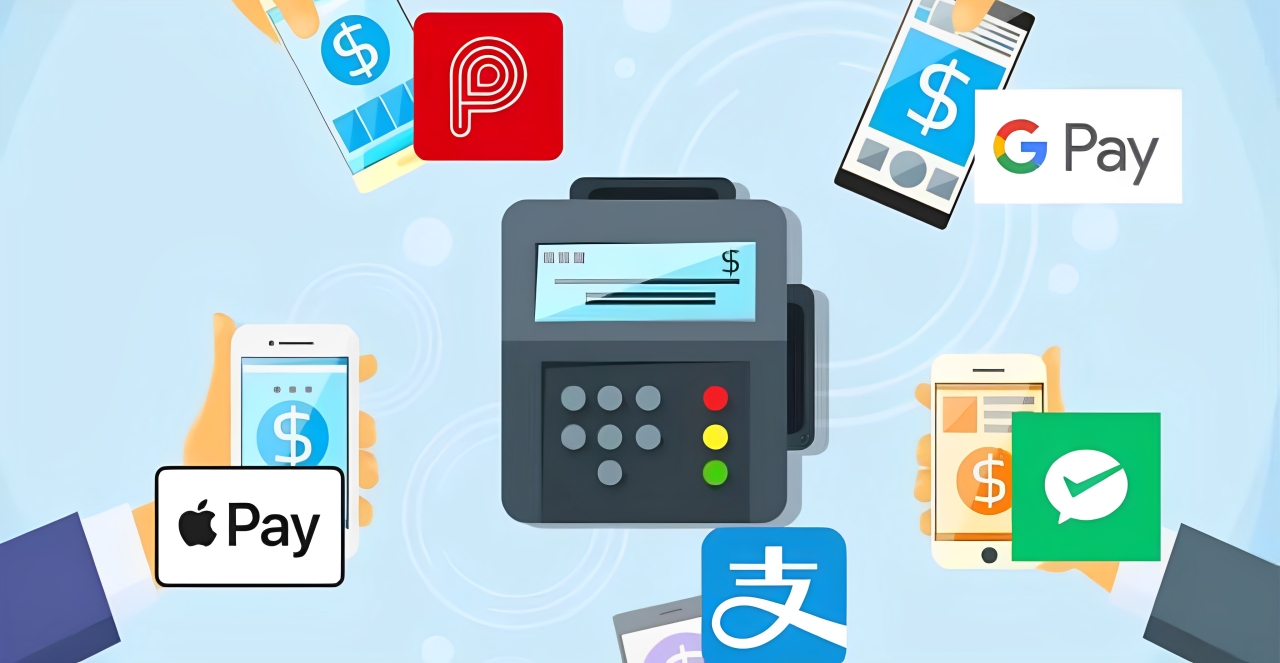
Introduction
Local payment systems are crucial for daily transactions and economic activities. However, they have several pain points that affect businesses and consumers.
High Transaction Costs
Cost Structure: Many local payment systems charge businesses high transaction fees, including fixed charges and percentage-based fees. This can be particularly burdensome for SMEs with low profit margins.
Impact on Consumers: When businesses pass on these costs to consumers, it can lead to higher prices for goods and services, making everyday purchases less affordable.
Limited Accessibility and Coverage
Infrastructure Gaps: Some regions lack adequate payment infrastructure, such as ATMs and POS terminals. This is especially true in rural or underdeveloped areas.
Exclusion of the Unbanked: A significant portion of the population remains unbanked or underbanked, limiting their participation in formal payment systems.
Security Vulnerabilities
Fraud and Cyberattacks: Weak security measures can leave payment systems vulnerable to fraud and cyberattacks, risking financial losses.
Data Privacy Concerns: Data breaches can expose personal and financial information, eroding consumer trust in the payment system.
Complexity and User Experience
Complex Interfaces: Some payment systems have non-intuitive user interfaces, leading to frustration and errors, especially for less tech-savvy users.
Limited Integration: A lack of integration between different payment systems can create a fragmented user experience, requiring consumers to manage multiple accounts.
Conclusion
Local payment systems face several challenges, including high costs, limited accessibility, security issues, and regulatory hurdles. SuperPay can play a key role in addressing these pain points by providing cost-effective, secure, and user-friendly payment solutions.
